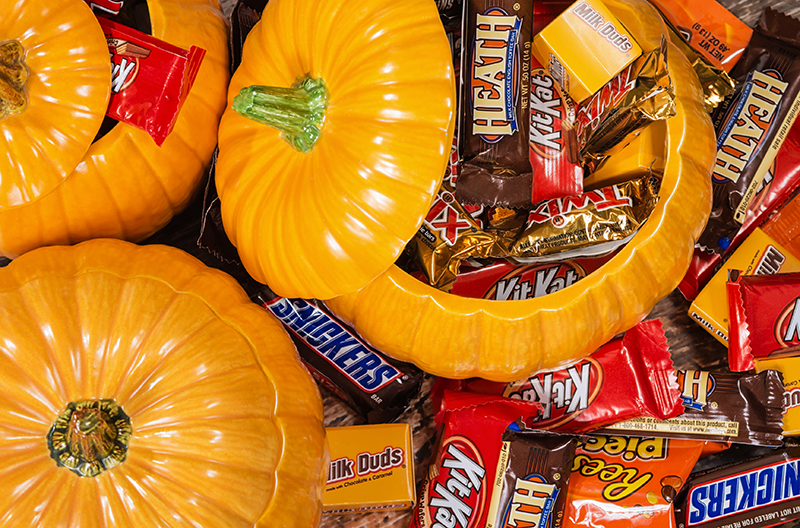Numerator, a data and tech company serving the market research space, has released a Halloween report, sourced from verified purchase data and a sentiment survey of more than 5,000 consumers on their fourth quarter 2025 holiday intentions.
Overall, more than half (56 percent) of Americans plan to celebrate Halloween, with participation higher among Gen Z and Millennial consumers (71 percent). The majority plans to decorate their homes, hand out candy to trick-or-treaters and complete their shopping in-store rather than online.
Additional Numerator survey findings include:
- The most popular celebration plans this year are to decorate the house (56 percent) and hand out candy or other items to trick-or-treaters (56 percent). Decorating is most popular among Baby Boomers (60 percent) and consumers in the Northeast (62 percent).
- Candy tops the Halloween shopping list – Among respondents, 81 percent plan to buy candy, followed by decorations (49 percent), food (44 percent), costumes or apparel (39 percent), alcoholic beverages (21 percent) and party supplies (15 percent).
- Chocolate leads among trick-or-treat offerings – Among those taking part, 78 percent plan to give chocolate candy, while 52 percent said they would pass out fruity or sour candy and 36 percent other sweets.
- Gen Z & Millennials are the most likely generations to opt for non-food items – 17 percent said they plan to hand out small toys or trinkets (e.g. stickers, glow sticks, pencils), with Gen Z and Millennials more than 1.5 times likely to do so (28 percent).
- Clean-label candy gains traction – One in four respondents (25 percent) say they avoid candy with artificial colors and dyes, while 37 percent said they are not concerned about these ingredients when it comes to candy.
- Halloween buyers prefer to do their shopping in person – 62 percent they will do most or all in-store, compared to just 11 percent who will shop mostly online. Top destinations include big box retailers such as Walmart or Target (61 percent), grocery stores (43 percent), discount or dollar stores (38 percent), online retailers (32 percent), specialty retailers like Spirit Halloween or Hobby Lobby (17 percent) and local shops or small businesses (15 percent).
- Halloween spending expectations remain steady – 50 percent said they plan to spend the same amount for Halloween as last, with 19 percent saying they will spend more and 22 percent less.
- Half of those celebrating expect tariffs to impact their Halloween shopping – 20 percent say tariffs will impact their Halloween shopping, 17 percent expect a moderate impact and 13 percent expect a slight impact.
Numerator purchase data findings include:
- Chocolate dominates candy spending – According to Numerator purchase data from verified buyers (latest 12 months ending Aug. 31), chocolate accounts for the majority of candy spend across all generations, led by Boomers, who allocate 62 percent of their candy dollars to chocolate and 29 percent to non-chocolate candy. Millennials and Gen Z dedicate a greater share to non-chocolate varieties (37 percent and 36 percent, respectively).
- Reese’s, M&M’s, Hershey’s, Snickers and Kit Kat lead in household penetration, though generational preferences differ – Nerds break into the Top 5 brands among Gen Z (43.2 percent) and Millennials (50.8 percent), while Sour Patch (50.3 percent) and Haribo (49.4 percent) also over-index with Millennials. Boomers+ favor more traditional options, including Hershey’s Kisses (42.9 percent), Lindt (38.3 percent), Russell Stover (37.2 percent) and Almond Joy/Mounds (36 percent), which do not appear in younger generations’ top 10.
- Gen X is the most engaged with the candy category, while Gen Z is the least – Gen X is more likely to purchase nearly all major brands than any other generation, while Gen Z is less engaged with lower household penetration for many brands.
[RELATED: Fanta Partners With Horror Icons For Global Halloween Campaign]

